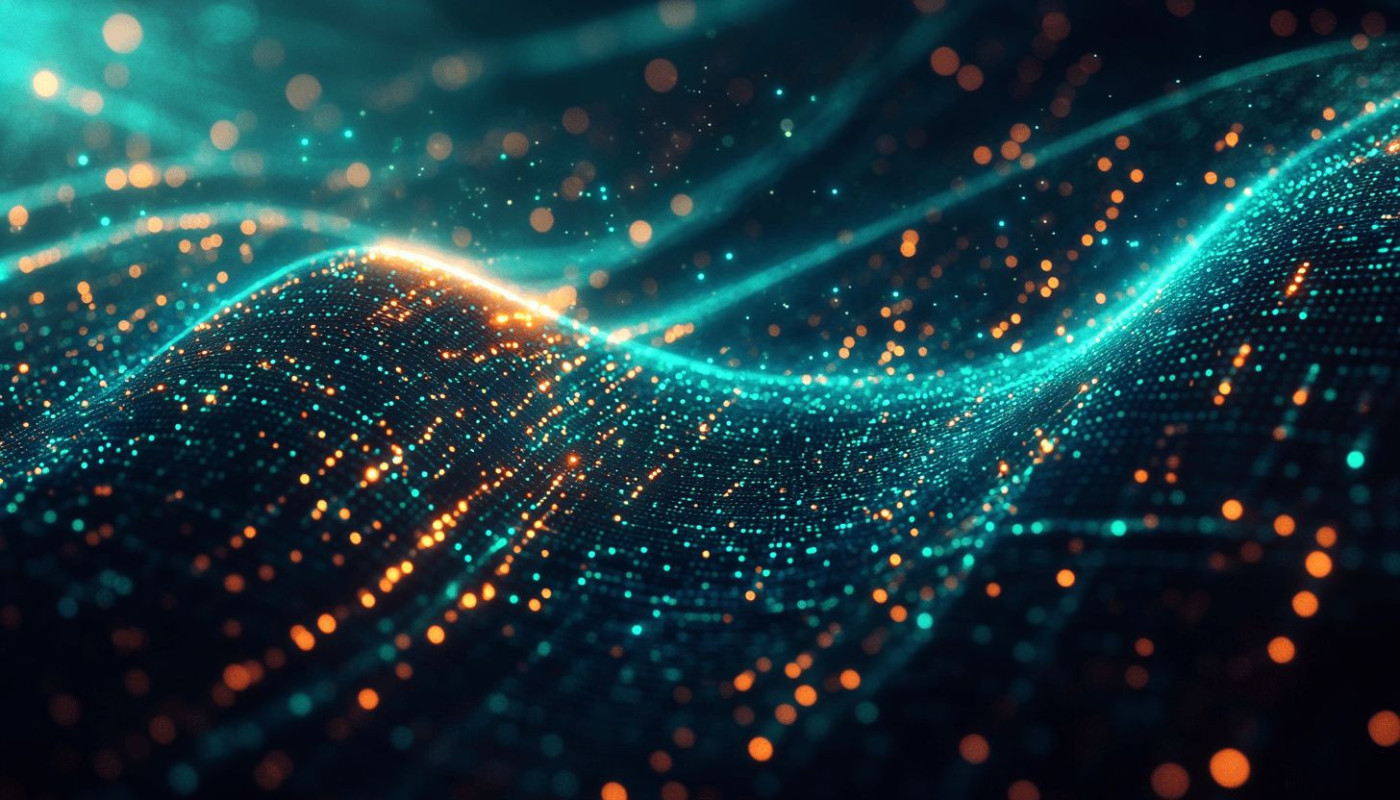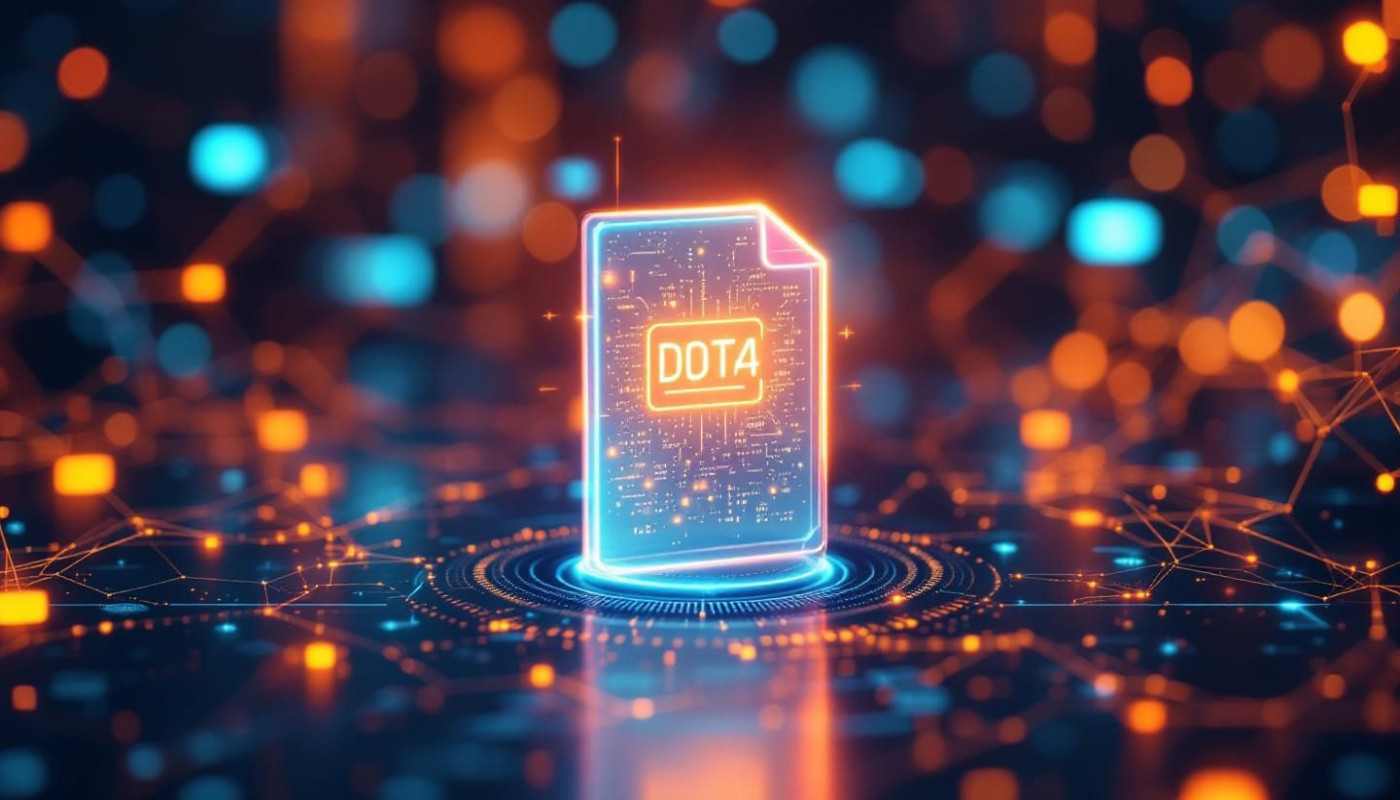Table of contents
In the realm of digital art and photography, the emergence of AI-generated imagery has opened up a new frontier for creativity and expression. Yet, the journey from an initial AI creation to a polished piece of art is not without its challenges. This post delves into the sophisticated techniques of post-production that can transform a raw AI-generated image into a masterpiece, beckoning readers to explore the secrets of refining digital artwork. It's an exploration of skill, precision, and artistic flair that awaits those eager to elevate their AI imagery to the next level.
Understanding the Basics of AI Image Refinement
Before embarking on the journey of advanced post-production techniques, it's paramount to understand the foundational principles that guide the refinement process of AI-generated images. Seamless integration of basic adjustments, such as fine-tuning the contrast, ensuring color balance, and sharpening the details, is the first step towards enhancing the visual quality of AI imagery. Contrast enhancement is vital as it differentiates the darks from the lights, adding depth and dimension to the image. Color balance is equally significant, as it affects the mood and realism of the generated content, requiring a keen eye to adjust hues so that they accurately reflect the intended scene. Image sharpening is another fundamental technique, sharpening the details that may have been softened during the generation process.
These initial adjustments are made by observing the histogram—a graphical representation that provides insight into the tonal range of the image. By evaluating the histogram, one can make informed decisions on how to correct exposure and bring out the finer details in the highlights and shadows. A deep understanding of digital image processing and the unique aspects of AI-generated content is indispensable for anyone looking to excel in this field. For those eager to dig deeper into this fascinating topic, dig this comprehensive guide that offers seven valuable tips for generating the best AI images or art.
Advanced Editing Techniques for Textural Improvements
Once the basic adjustments are in place, attention should shift toward the sophisticated editing techniques that can improve texture and add depth to AI-generated images. This segment will instruct on the enhancement of details, the addition of grain or noise for a natural look, and the use of selective focus to guide the viewer's eye. The keywords "textural enhancement," "grain addition," "selective focus," "detail refinement," and "depth perception" should be integrated into the discussion. The ideal candidate for writing this paragraph would be an expert in digital artistry with a knack for manipulating image details to achieve a tactile and engaging visual experience. Consider mentioning the technical term "layer masking" to describe how to selectively apply textural changes.
Tackling Challenges with AI-Specific Artifacts
AI-generated images often come with their own set of unique visual artifacts that can detract from the overall quality of the artwork. It's vital to address these challenges directly, providing insight into how to identify and correct issues such as pixelation, unusual patterns, or unnatural edges. Keywords like "visual artifacts," "AI-induced pixelation," "pattern correction," "edge refinement," and "image quality" should be prominently featured. The task of crafting this paragraph falls to a professional well-versed in AI image generation intricacies and seasoned in digital restoration techniques. The technical term "noise reduction algorithms" is key to explain how to minimize unwanted digital noise or artifacts.
Utilizing Post-Production Software to Enhance Realism
In the realm of AI-generated art, achieving a high degree of photorealism is a sought-after goal. Post-production software serves as the artist's digital palette, packed with a plethora of filters and tools designed to enhance realism in artificial imagery. By deftly applying techniques such as color correction, sharpening, and noise reduction, one can significantly boost the visual fidelity of AI creations. A particularly noteworthy technique is high dynamic range (HDR) processing, which can be used to expand the tonal depth of images, thus providing a richer and more detailed visual experience. Mastery of these tools is imperative for anyone looking to refine AI-generated images. By understanding how to manipulate light, shadow, and texture within post-production software, artists can transform their AI-generated art into stunningly realistic masterpieces that captivate and engage viewers.
Final Touches: Adding a Personal Stamp to AI Art
The refinement of AI-generated imagery culminates in the process of adding distinctive final touches that transform a generic creation into a piece that resonates with the artist's unique signature style. One potent method is color grading, which adjusts the visual tone to set a particular mood or complement a brand's palette. Artistic overlays, whether they are subtle textures or bold graphical elements, can also impart depth and context that speak to the viewer on a personal level. Moreover, applying customized filters or text can articulate an individual narrative or message. The technique of compositing is key in this stage, as it enables the seamless integration of these elements, ensuring that the final image is a cohesive representation of the artist’s vision. By carefully blending these strategies, creators can ensure that their work bears the indelible mark of a personal touch.
Similar

How Personalized AI Companions Enhance Daily Interactions?

Ensuring Seamless User Experiences During A Kubernetes Cluster Upgrade

Exploring The Benefits Of Unlimited File Sharing Platforms?

The Role Of 24/7 Support In Managing DDoS Threats

Streamlining Cluster Management For Enhanced Performance And Security

Exploring Effective Anti-DDoS Strategies For Enhanced Website Security

Voice recognition software in customer service how AI is enhancing user experience

Exploring the rise of collaborative software in remote work ecosystems

How To Integrate Conversational AI Into Customer Service To Improve User Engagement

